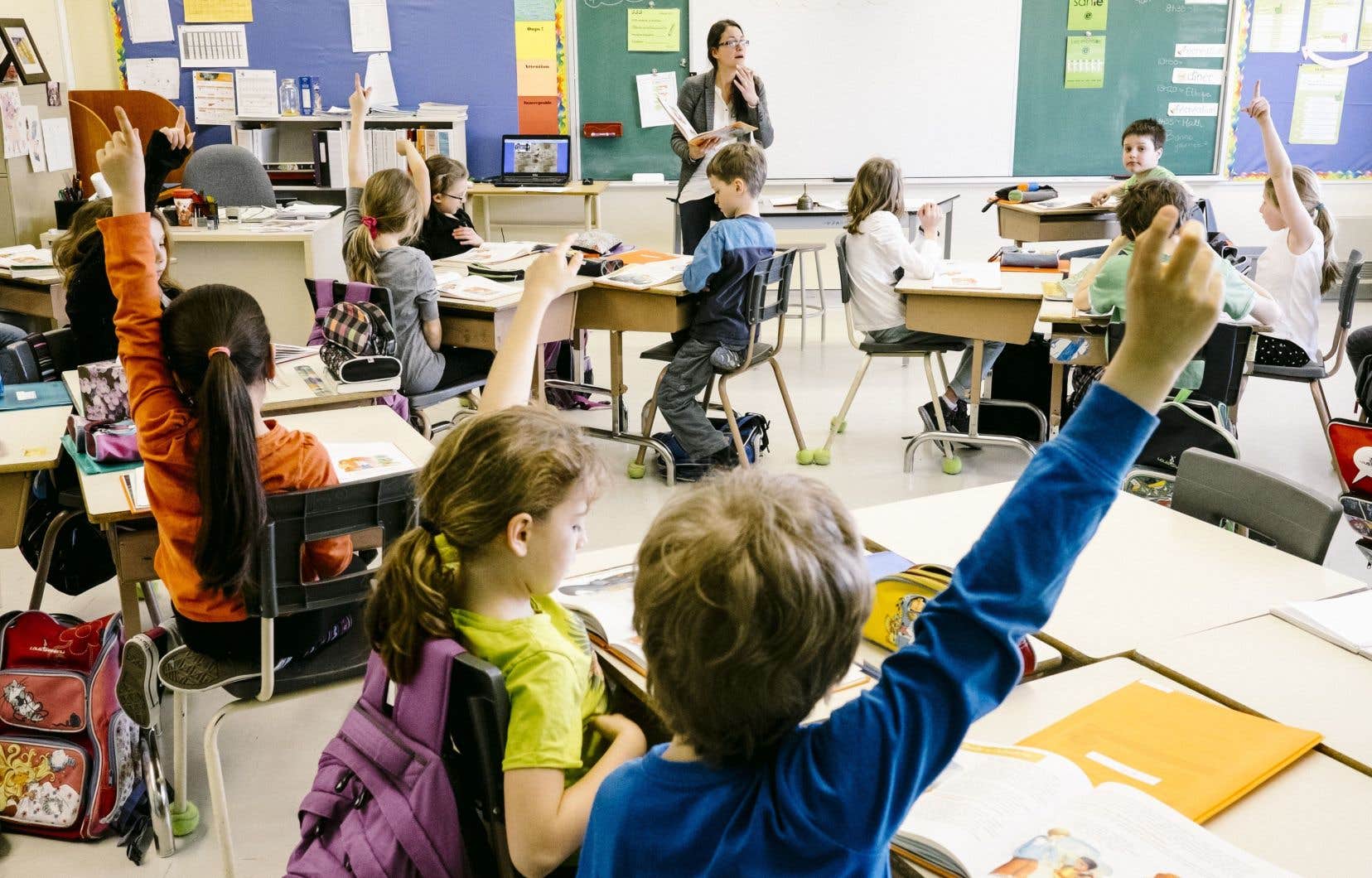It is well known that our schools are mired in a multitude of problems, and one of the last in line is the rapid rise in classroom temperatures in the context of climate change. What can we do ? The time has come for collective reflection to adapt our classes in existing schools to rapid increases in temperature by drawing on the know-how of building professionals and the experience of tropical countries.
First, it is important that our leaders change their intervention paradigm, and move from reactive intervention to proactive intervention. Climate change is not a new tile on your head! Already, at the Rio Summit in 1992, scientists warned leaders that the situation would get worse if no action was taken… and that is precisely what happened! Very few proactive measures have been taken in all areas of government intervention, not just in education.
Secondly, it is important to look at all the options to combat the heat in classrooms without resorting to air conditioning. Strictly in terms of costs and the capacity of electrical circuits, this additional demand for current will be very difficult to supply. And this is without counting the fees for the personnel responsible for carrying out all the maintenance on these devices! Furthermore, it would go against what we need to do to slow climate change, that is to say reduce our energy demand.
The past is full of simplistic solutions that ended up making the situation worse rather than better! For the sake of memory, let us recall one of the two inventions of American engineer Thomas Midgley Jr. which became a global catastrophe: CFCs! Initially created to replace toxic and explosive refrigerant gases previously used in the 1920s, not only did fluorinated hydrocarbons partially destroy the ozone layer, but they also amplified the greenhouse effect phenomenon. Therefore, be careful before demanding a simplistic solution like air conditioning everywhere.
Thirdly, we must act on the architecture of old school buildings by providing windows or films (south and west sides of the buildings) preventing infrared radiation from penetrating inside the classes, replacing the lighting with LEDs , add ceiling fans and structures aimed at creating air circulation based on the principle of convection (a principle widely used in tropical countries). We should also look into the feasibility of adding movable exterior blinds to reduce sunlight.
Alongside these changes, we should also aim to plant trees on the sunny side of buildings as well as rethink the landscape architecture of schoolyards to facilitate outdoor teaching so that hot days are no longer used to distribute “Mr. Freeze”, but more to live different educational experiences outside. INEE should encourage the shift advocated by Professor Jean-Philippe Ayotte-Beaudet, researcher on outdoor education. One of the authors of this text, Martin Lacasse, designed three school arboretums (1994, 1996 and 2000) intended for this type of teaching and, unfortunately, they were little used.
In conclusion, before moving forward with air conditioning, can we give ourselves a chance to think about all kinds of options (schedule, vacation management, outdoor classes, tree planting, traffic circulation air in buildings, etc.) in order to ensure quality education at a time of climate change, the digital crisis, staff shortages, the issue of French, the integration of students in difficulty, etc.
